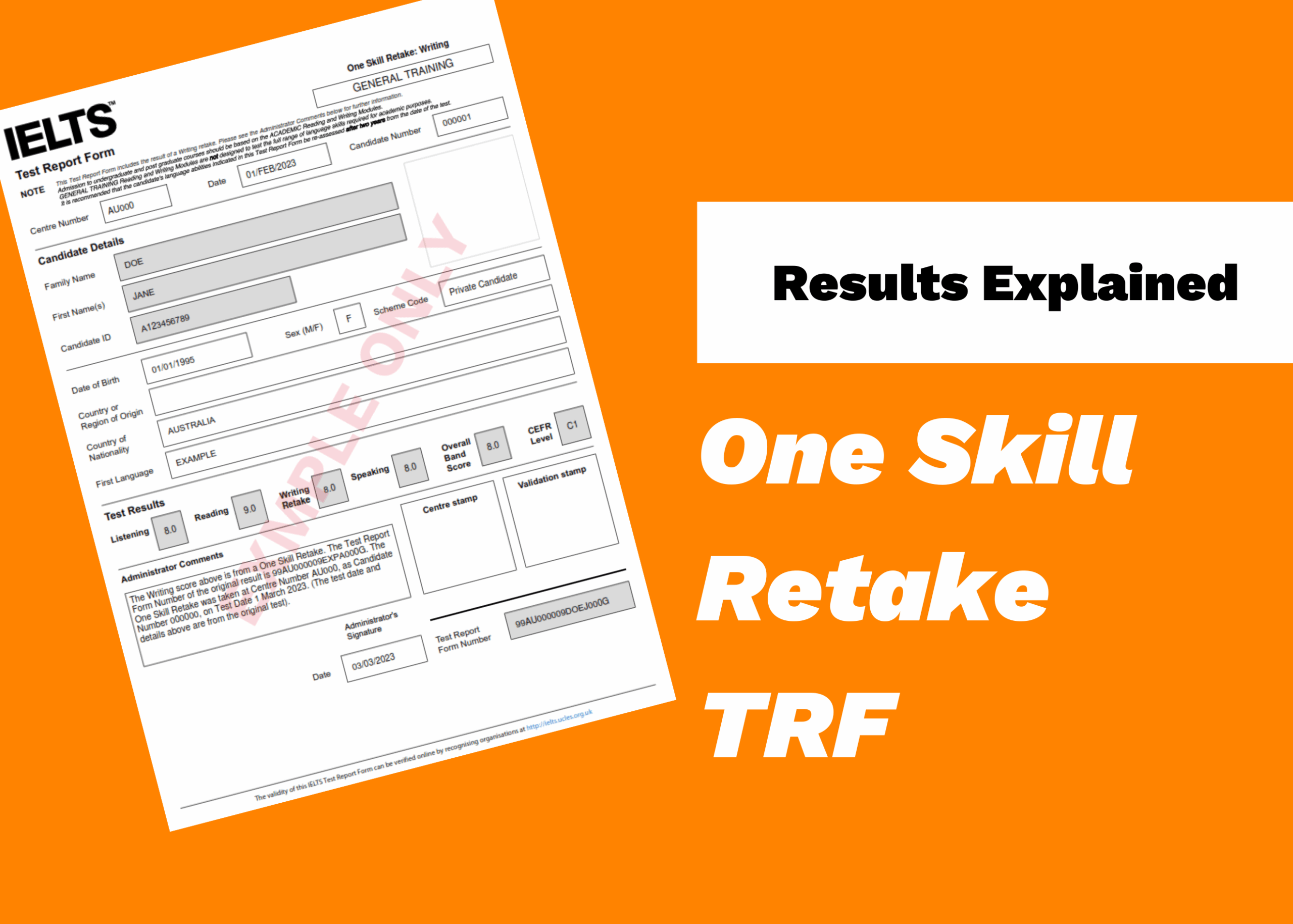The International English Language Testing System (IELTS) is a widely recognized test for English language proficiency. IDP Education is one of the organizations that administer the IELTS test. The IDP IELTS Band Score Chart is a tool used to interpret the results of the test and determine a test taker’s proficiency level.
It is important for test takers to understand how the IDP IELTS Band Score Chart works in order to effectively prepare for the test and set realistic goals for their desired score. The chart breaks down the overall band score into individual scores for each of the four components of the test: Listening, Reading, Writing, and Speaking.
IDP IELTS Band Score Chart
The IDP IELTS Band Score Chart ranges from 0 to 9, with 9 being the highest score. Each band score corresponds to a level of proficiency in the English language, ranging from non-user (0) to expert (9). The chart provides a clear breakdown of what each band score represents in terms of language skills and abilities.
For example, a band score of 5 is considered a borderline pass, indicating that the test taker has a limited command of the English language. A band score of 7, on the other hand, is considered a good user, demonstrating a high level of proficiency in English. Test takers can use the band score chart to identify their strengths and weaknesses and focus on areas that need improvement.
It is important to note that different institutions and organizations may have specific band score requirements for admission or employment. Test takers should check with their desired institution or employer to determine what band score they need to achieve in order to meet the requirements.
In conclusion, the IDP IELTS Band Score Chart is a valuable tool for test takers to understand their results and set realistic goals for their English language proficiency. By familiarizing themselves with the chart and working towards their desired band score, test takers can improve their chances of success on the IELTS test and achieve their academic or career goals.
